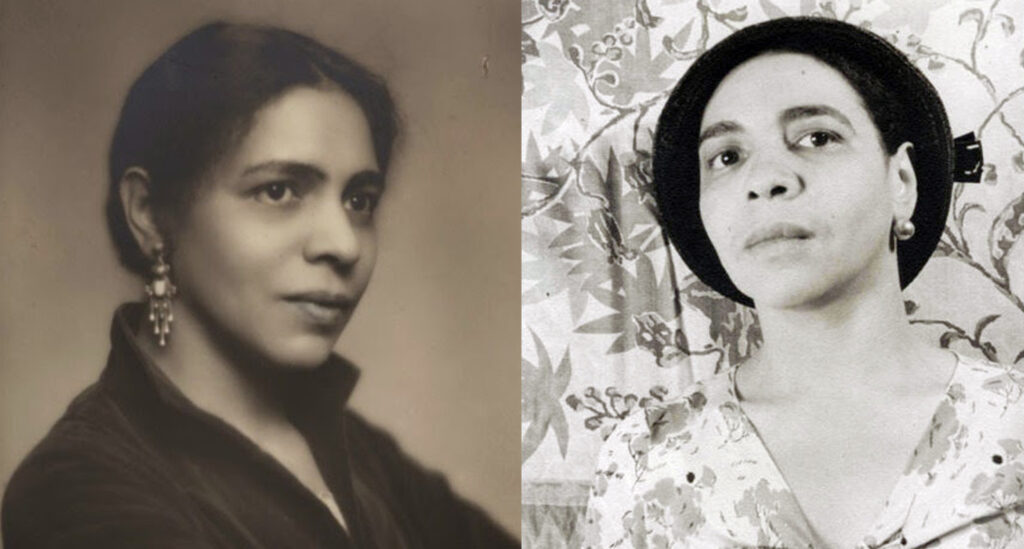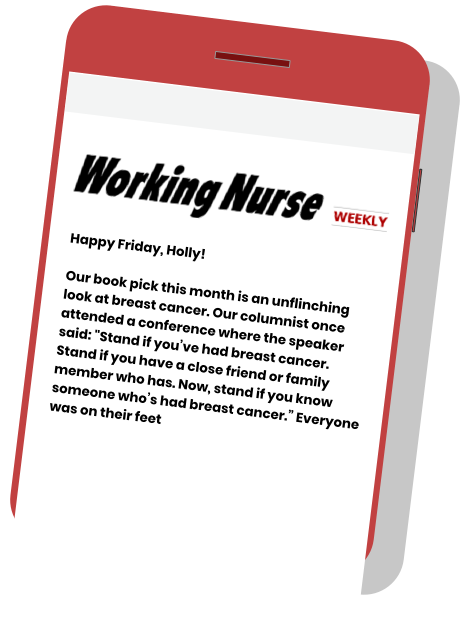Profiles In Nursing
Nella Larsen Imes (1891–1964)
Nurse administrator and novelist of the Harlem Renaissance

Now considered one of the finest authors of the 1920s Harlem Renaissance, Nella Larsen Imes was also a public health nurse and a respected nurse administrator in New York City.
The 1918 Flu Epidemic
The biracial daughter of Danish immigrants (a white seamstress and a Black cook from the Danish West Indies), Nella Larsen grew up in a state of constant racial tension. In her youth, spent in both the U.S. and Denmark, she had few ties to Black culture, but being the only dark-skinned member of an otherwise white family carried significant social stigma.
In 1912, Larsen moved to New York to enroll in the nurse training program at Lincoln Hospital, and after graduating, became chief nurse at the Tuskegee Institute in Alabama.
A few months before the 1918 influenza epidemic, Larsen joined the Bureau of Preventable Diseases of the New York City Health Department, conducting outreach and education, enforcing sanitation and quarantine rules, and watching for outbreaks of contagious diseases.
During both waves of the epidemic, Larsen and her fellow public health nurses worked almost 24/7 for weeks at a time, trying to hold the line against the overwhelming death toll.













